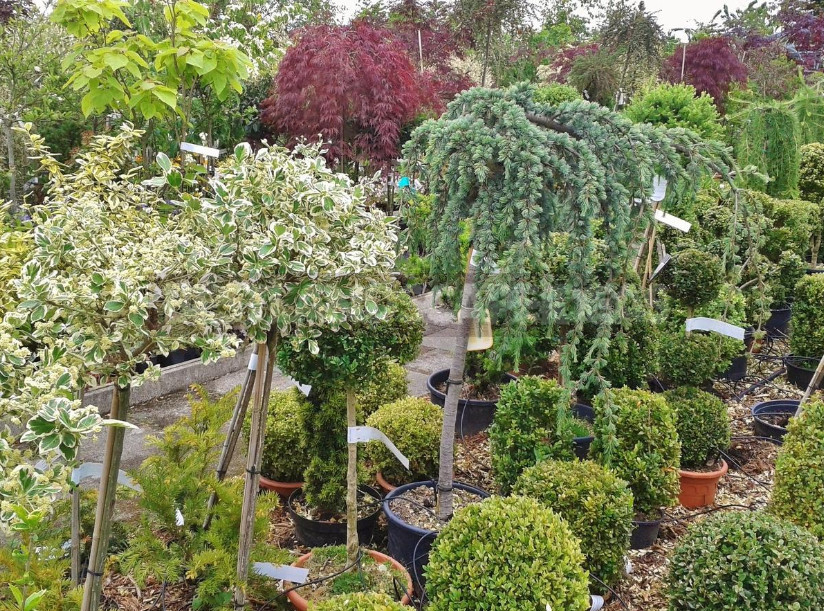
Often you can see in the market people who choose planting material, the quality of which they determine the state of the root system. And they are absolutely right, because it is the roots provide (or not) the success of the tops. But this choice is also not devoid of stereotypes, sometimes not quite true from the point of view of science.
The root of the root of strife
Spring day on the streets often meet joyful people with seedlings in their hands. And those seedlings have one long root-tail, and the nakedness of these tails is not covered with anything, framed by the rays of the bright spring sun. People are happy that finally bought the seedlings, and even lucky, selected from the mass of the proposed – the best: for some long and thick root has every plant. And in fact, nothing good in this the root of the tail.
If we look at how the root system of plants works, we see that such roots (they are called skeletal) mainly carry the function of fixing the plant in the soil. But the food is not them, and tiny white, very thin roots, which are called rhizoid. These roots are usually located on the periphery of the root system. They suck up the precious moisture for plants.
During transportation of plants and their transplanting retinue roots are inevitably damaged. And while they have not grown, the plant lives only at the expense of its internal reserves — those that it has accumulated during cultivation in the nursery.
Knowing this, it is easy to understand which plant is more likely to survive, and which is less, if not at all.
The plant will survive only if these reserves are enough until the moment when the rhizoid roots grow, capable of compensating for the reserves leaving with evaporation. So, ideally can only feel the plant that has a root system that can quickly recover.
And the realities are as follows: quickly recover (overgrown with rhizoids) fibrous root system, and not the core, although it seems, at first glance, stronger and healthier.
You need to choose the plant that has a root system that can quickly recover
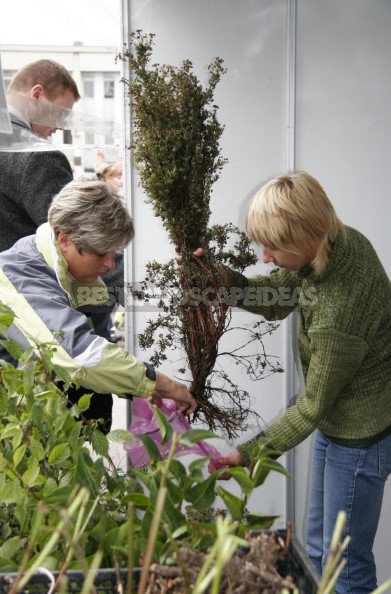
Root also form
It is unlikely that a single taproot, half, as usual, wounded and dried, quickly overgrown with numerous hair roots. It should be noted that it is not so much about the biological features of the structure of the root system of a species, but about the presence or absence of its molding, which should be carried out in any nursery.
Indeed, part of the species initially in its morphology has a rod root system, part fibrous, and part of the surface. But with appropriate mold and the regular “prescrivere” in the nursery and plants with prop roots may well have a fibrous root system.
For example, Quercus robur and its varieties have rod root systems. It is for this reason that it is not offered by firms that sell winter large-scale meters, because in the barbaric digging of plants in the nature of the roots on it does not remain. But in the nursery we can buy Quercus robur, for example, varieties ‘Fastigiata’ c fibrous, rather than rod root system. This suggests that it was transplanted with an enviable periodicity and at the same time formed its root system, turning the tap roots into branched fibrous.
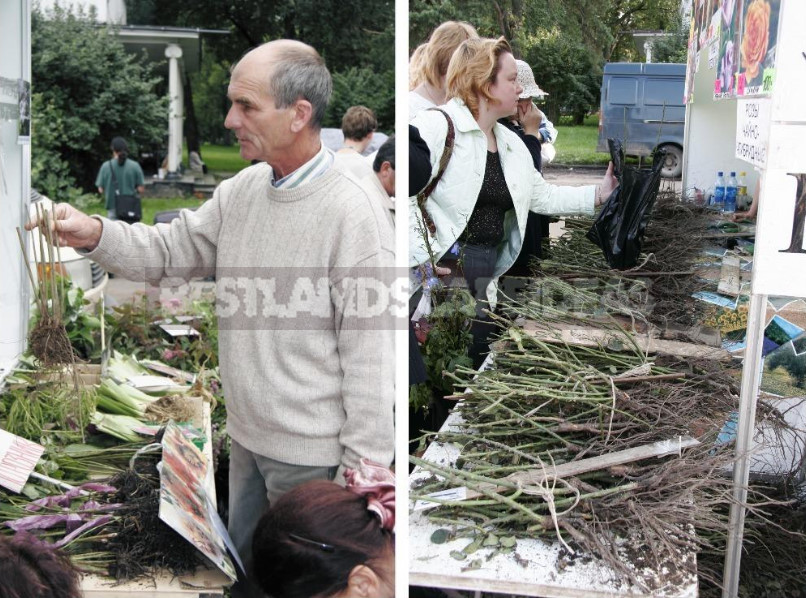
Pay attention to this. Do not buy pulled out of the ground plants that grew for several years without forming not only underground, but often even above-ground parts.
Storage is important
Think about how long this plant has been lying in the open air. Even an ideal from all points of view seedling, grown by all the rules in the fruit nursery, can be ruined by dealers who kept it in the sun for a couple of days.
By the way, with all the advantages of the fibrous root system, it dries much faster rod. Keep this in mind and check if you do not buy a plant in fact already without roots that just dried up (it’s easy to check by touching them: let dry on top, but elastic – it’s live roots, and even wet on top, but sluggish and hung – will be restored with great difficulty).
Closed root system is not a panacea
Well, if with the fouling of the acquired root systems with rhizoids everything is clear, then it is reasonable to raise the following question: is it possible to preserve these rhizoids without damage? You can save them only by purchasing plants in containers or transplanting at short distances with the root lump, with its maximum preservation.
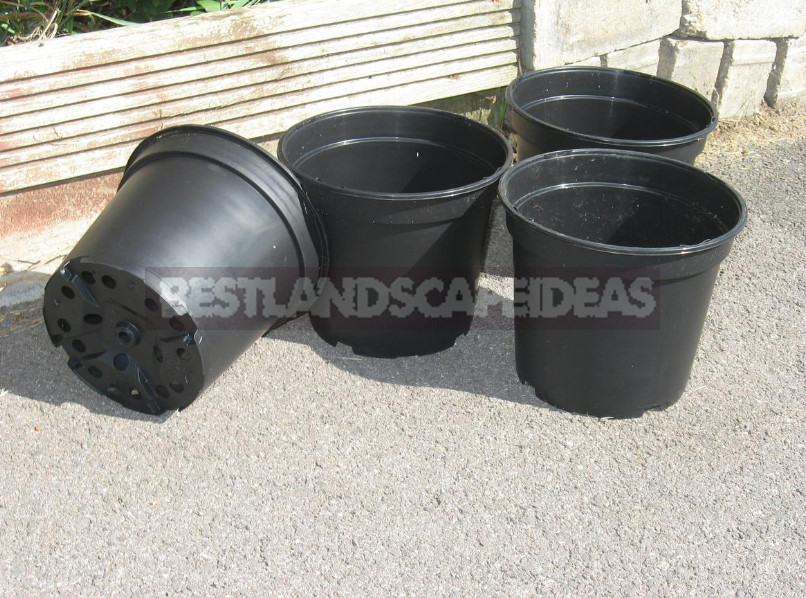
However, when buying plants in containers, too, not everything is as smooth as it seems at first glance. Plants come in peat, which can not serve for a long time, and plants, especially indoor, it is desirable to transplant into the ground as quickly as possible. The substrate, of course, has a supply of nutrients due to the inclusion in its composition of fertilizers, including long-acting, but it does not have a bacterial base, since before filling in containers in most European nurseries it is steamed at a temperature of about +200 degrees (this is a requirement of quarantine services).
In the distress and offense
Another danger lies in the fact that the containers are often long on the selling site and the roots do not just germinate through the substrate, and outgrow it and begin to spiral, twisting along the walls of the container. This has the most negative impact on their subsequent survival. The plant spends a lot of effort to get from these twisted roots into a spiral branched root system.
In America, learned to deal with this phenomenon, using the system ‘Spin Out’: on the walls of the container is applied a special composition, in contact with which the roots are burned. This works as a pinch, and they begin not to spiral, and branch (in fact, an alternative to the overshooting of plants with pruning of the root system).
Nuances of container plants planting
It is clear that it is impossible to unravel the twisted roots, but still it makes sense to take a wooden peg and stir up the lump, albeit with partial damage to the roots. Rots placed in the nutrient substrate in the landing pit, usually very quickly begin recovery. But remember that the pit needs to be more coma (container) three times the width and twice the height. Otherwise, you will plant the plant in the same container, and even roots, stumbled on a denser wall of the landing pit than the substrate inside it, will begin to spiral again.
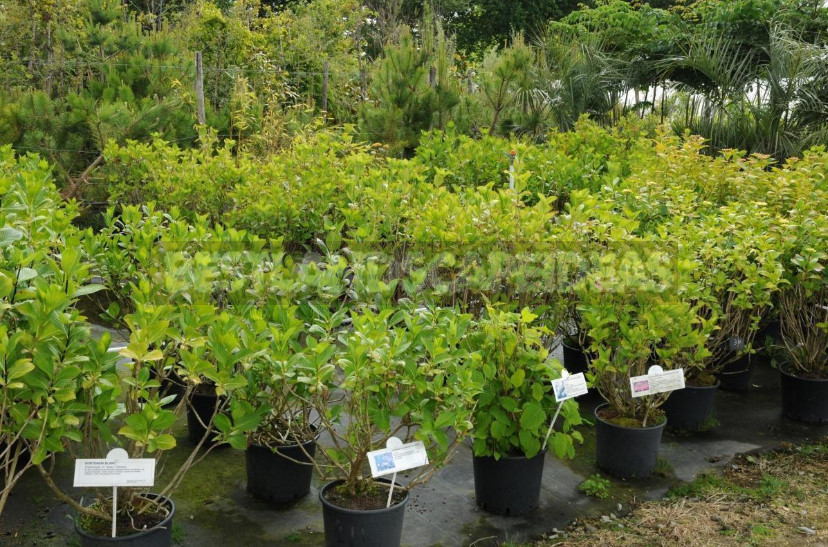
I would like to recommend not to spare containers, because they are much cheaper than the plants in them. Often you can see how the container in order to preserve it is torn off from the roots that have sprouted through its drainage holes. In this case, the roots are often simply scalped, and their shell is torn off from them with a stocking. Cut the container — do not spare it, spare the roots. By the way, they should be carefully inspected and cut to healthy tissue.
No better and those roots that do not have time to grow into the container. This container plant when it is lifted over the crown should not be pulled out of the ground. If this is the case, then you have not purchased a container, but a plant with a bare root, Packed in a plastic container. There is nothing wrong with that, but keep in mind that you simply overpaid a little. In the spring of these sin many nurseries, but then, while the plants are waiting for their buyer, they usually germinate and become container. In a good way, the seller should let you know about it.
Consequences of wintering
Container plants, not sold during the season, often remain in the winter on the sites without insulation and freeze through. And not for all plants it is painless. Each species has a temperature limit below which the tissues of the root systems liquefy, and the plant dies.
The most regrettable thing in this situation is that in the spring it is not always possible to accurately determine such a seedling. In conifers and does the consequences of improper storage are often manifested after a long time, and the person will blame himself, not the seller. The plant can continue to live at the expense of its internal reserves or at the expense of the remaining living roots located in the center of the container. In the latter case, it is necessary to try to restore the seedling, carefully examining the root system and cutting off all the affected roots.
A few words about vertices
We have touched only the underground component of the secrets of the plant — that is, the root systems. And how many of them on the surface… In inches of details, not less than in roots. After all, we often get a seedling without leaves, and this is a mystery that is worth a lot. What I bought?
Although there are different situations. Bought, for example, Acer platanoides ‘Drummondi’ with white edging sheet, but bought in leafless condition. It seems to be a good seedling, but the leaves blossomed — and it turned out that it is a good half of the return shoots (with ordinary green leaves).
They need to be cut, otherwise they will clog the Bush. And as a result of this pruning, the seedling is no longer so formed and beautiful. Here you chose a beautiful shaped tree… it Turned out in the end so, it was possible to buy three to four times cheaper.
And yet there may be clutches of pests, fungus, mechanical damage… However, all this — in contrast to the return shoots or varieties — can be seen. Look carefully at the seedling. Not hurry. Do not buy a rose seedling with buds (!!!) and three tiny roots. Otherwise disappointment will be inevitable.
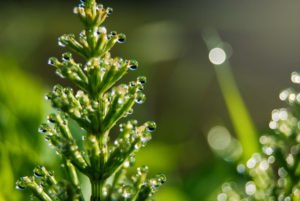


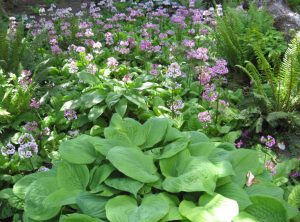
Leave a Reply